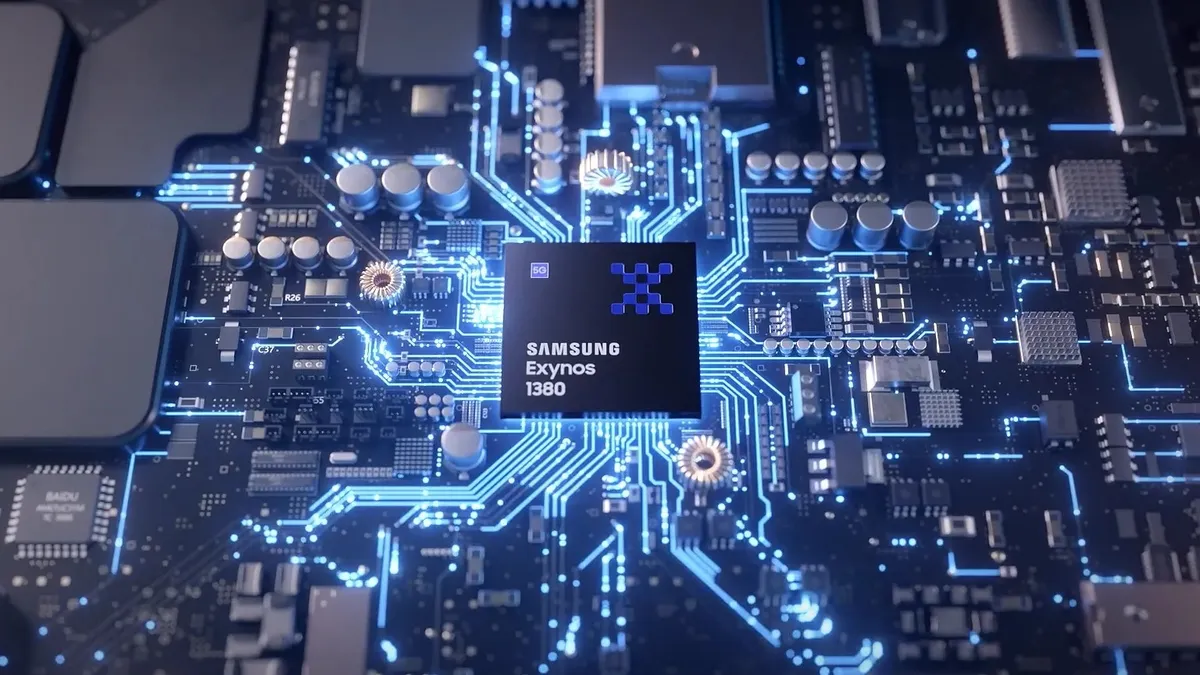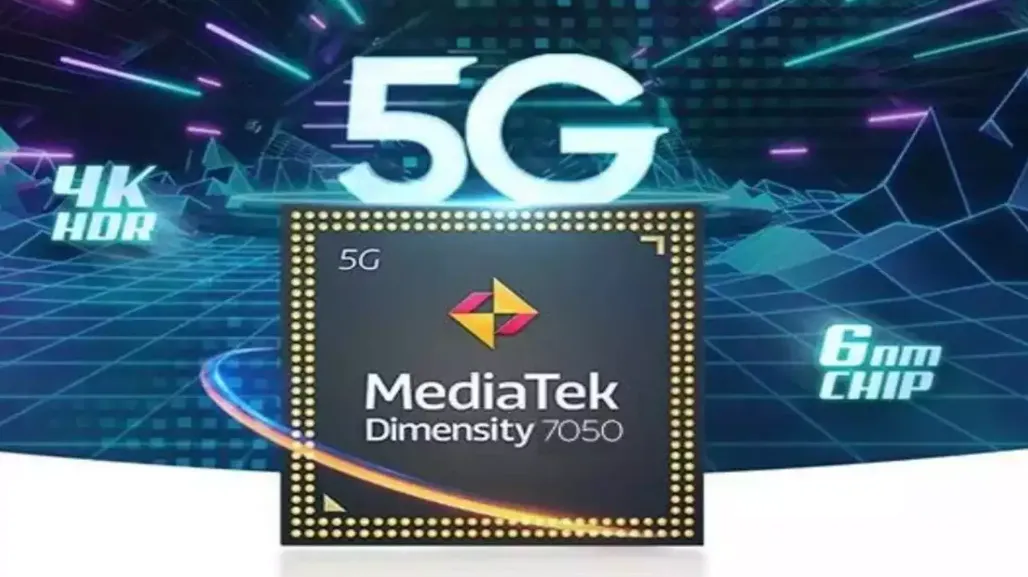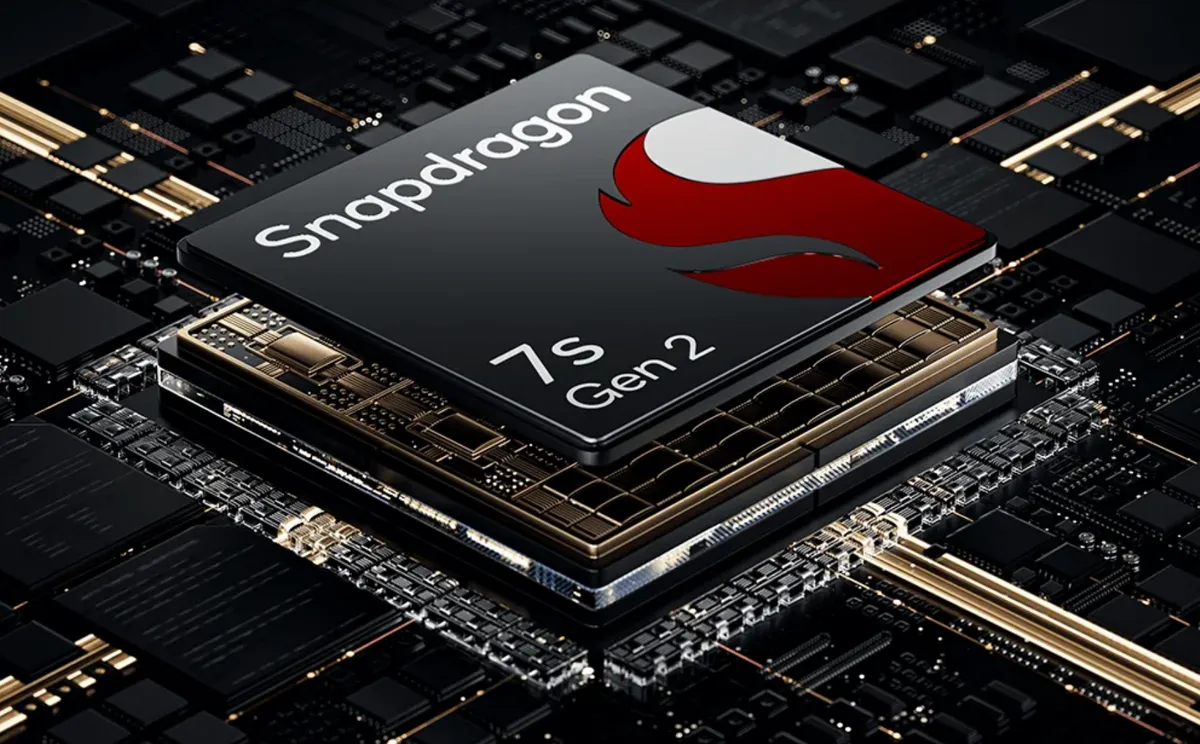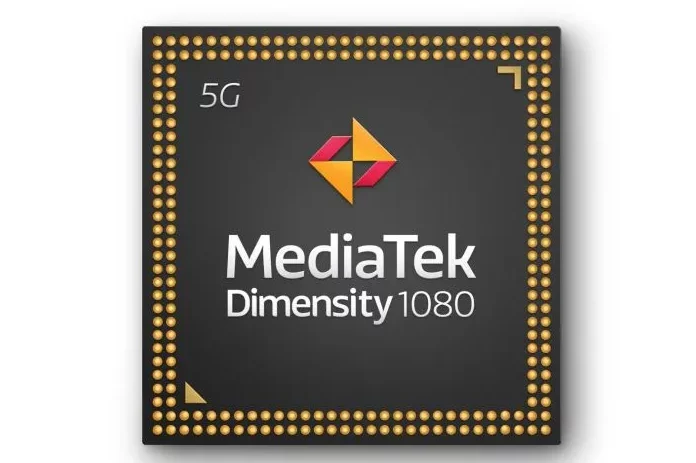5 Chipsets Similar to Snapdragon 6 Gen 1
Snapdragon 6 Gen 1 was released by Qualcomm in September 2022. This chipset targets mid-range smartphones and gives a good balance of performance and efficiency. It also supports 5G networks for faster and more stable connections.
One of the main highlights of the Snapdragon 6 Gen 1 is its 7th generation AI engine. This helps improve photo and video quality, boosts connectivity, and makes gaming smoother and more enjoyable.
Although Qualcomm has not shared every technical detail, the company claims that this chipset delivers up to 35% better graphics performance and 40% faster processing speed compared to its predecessor.
The Snapdragon 6 Gen 1 is built on a 4 nm process for its power efficiency. It has eight CPU cores, four Cortex-A78 cores running at 2.2 GHz for performance, and four Cortex-A55 cores running at 1.8 GHz for efficiency. For graphics, it uses the Adreno 710 GPU.
This chipset also supports LPDDR5 RAM with speeds up to 2750 MHz and bandwidth up to 22 Gbit/s. For internal storage, it supports UFS 2.2 for faster data access and smoother multitasking.
According to Nanoreview’s database, the Snapdragon 6 Gen 1 scores 579,466 points on AnTuTu v10. On GeekBench 6, it reaches 946 points for single-core and 2,767 points for multi-core performance. For graphics, it gets a score of 2,367 on 3DMark Wild Life.
For connectivity, the Snapdragon 6 Gen 1 uses the Snapdragon X62 modem, which supports 5G download speeds up to 2900 Mbps. It also comes with Wi-Fi 6 and Bluetooth 5.2 for modern wireless connections.
In terms of multimedia, this chipset supports Full HD+ displays (1080 x 2520 pixels) with refresh rates up to 120 Hz. It can handle camera sensors up to 200 MP and record videos in 4K at 30 fps.
Now that we know its key features and performance, what other chipsets are on the same level as the Snapdragon 6 Gen 1? Here are five chipsets that can be considered close in performance in the mid-range segment.
1. Snapdragon 778G

Also made by Qualcomm, the Snapdragon 778G is another chipset that can be compared to the Snapdragon 6 Gen 1. It uses a 6 nm fabrication process and comes with eight CPU cores divided into three clusters.
The first cluster has one Cortex-A78-based Kryo 670 Prime core running at 2.4 GHz for main performance. The second cluster includes three Cortex-A78-based Kryo 670 Gold cores at 2.4 GHz for extra performance tasks.
The last cluster has four Cortex-A55-based Kryo 670 Silver cores at 1.8 GHz for power efficiency. And for graphics, it uses the Adreno 642 GPU with a 550 MHz frequency.
The Snapdragon 778G already supports 5G connectivity with the Snapdragon X53 modem, offering download speeds of up to 3700 Mbps. In terms of multimedia, it supports camera resolutions up to 192 MP.
Several smartphones use the Snapdragon 778G, such as the OPPO Reno 10 Pro 5G, realme GT Master Edition, and vivo V29 5G.
Based on data from Nanoreview, this chipset scores 602,374 points on AnTuTu v10. On GeekBench 6, it reaches 1,022 points for single-core and 2,857 for multi-core performance. Meanwhile, its 3DMark Wild Life score is 2,462.
2. Exynos 1380

The next chipset is the Exynos 1380. It is built on a 5 nm process and also has eight CPU cores. There are four Cortex-A78 cores running at 2.4 GHz for performance, and four Cortex-A55 cores running at 2.0 GHz for efficiency.
This chipset uses a Mali-G68 MP5 GPU with a 950 MHz frequency. It supports LPDDR5 RAM with speeds up to 3200 MHz and has a built-in 5G modem that allows download speeds of up to 3790 Mbps.
For multimedia, the Exynos 1380 supports displays up to 2960 x 1440 pixels. It can handle cameras up to 200 MP and record videos in 4K at 30 fps.
According to Nanoreview’s data, the Exynos 1380 scores 596,952 points on AnTuTu v10. On GeekBench 6, it gets 1,004 points for single-core and 2,759 points for multi-core performance. For graphics, it achieves a 3DMark Wild Life score of 2,819.
3. Dimensity 7050

The Dimensity 7050 is a chipset built with a 7 nm process by TSMC and uses an octa-core CPU. It's a popular choice for many mid-range smartphones, making it a close rival to the Snapdragon 6 Gen 1.
It has two Cortex-A78 cores running at 2.6 GHz for performance and six Cortex-A55 cores running at 2.0 GHz for efficiency. For graphics, it uses the Mali-G68 MP4 GPU with a frequency of 800 MHz. This chipset also supports LPDDR5 RAM with speeds up to 3200 MHz.
In the multimedia section, the Dimensity 7050 features the MediaTek APU 550 ISP to support camera resolutions up to 200 MP and 4K video recording at 30 fps. For connectivity, it already supports 5G networks with download speeds reaching up to 2770 Mbps.
According to Nanoreview, the Dimensity 7050 scores 565,544 points on AnTuTu v10. On GeekBench 6, it gets 961 points for single-core and 2,358 for multi-core performance. For graphics, its 3DMark Wild Life score reaches 2,294 points.
4. Snapdragon 7s Gen 2

The Snapdragon 7s Gen 2 is one of the closest chipsets to the Snapdragon 6 Gen 1. Both are made by Qualcomm and target mid-range devices. It uses a 4 nm fabrication process and has eight CPU cores in total.
The setup includes four Cortex-A78 cores running at 2.4 GHz for performance and four Cortex-A55 cores at 1.95 GHz for efficiency. For graphics, it comes with the Adreno 710 GPU, although Qualcomm has not shared many details about its exact specs.
This chipset supports LPDDR5 RAM with speeds up to 3200 MHz and works with UFS storage ranging from 2.2 to 3.1. For connectivity, it uses the Snapdragon X62 5G modem with download speeds of up to 2900 Mbps. It also supports Wi-Fi 6E, Bluetooth 5.2, and LE Audio with Snapdragon Sound technology.
When it comes to multimedia, the Snapdragon 7s Gen 2 can handle Full HD+ displays with refresh rates up to 144 Hz. It also supports cameras up to 200 MP and 4K video recording at 30 fps.
Based on Nanoreview data, this chipset reaches 584,001 points on AnTuTu v10. On GeekBench 6, it gets 1,013 points for single-core and 2,966 for multi-core performance.
5. Dimensity 1080

The last chipset on this list is the Dimensity 1080, another popular option for mid-range smartphones. It is built with a 6 nm process and powered by an octa-core CPU.
It features two Cortex-A78 cores running at 2.6 GHz for performance and six Cortex-A55 cores at 2.0 GHz for efficiency. For graphics, it uses the Mali-G68 MP4 GPU with a frequency of 800 MHz.
Based on Nanoreview’s tests, the Dimensity 1080 scores 538,852 points on AnTuTu v10. On GeekBench 6, it records 974 points for single-core and 2,419 for multi-core. Its 3DMark Wild Life score reaches 2,256 points.
This chipset supports LPDDR5 RAM and UFS storage types ranging from 2.1 to 3.1. As a 5G-enabled chipset, it can reach download speeds of up to 2779 Mbps.
For multimedia, it features the MediaTek APU 3.0 ISP, supporting displays up to 2520 x 1080 pixels, cameras up to 200 MP, and 4K video recording at 30 fps.
Those are five chipsets that can be considered similar to the Snapdragon 6 Gen 1 in terms of performance and features. Each one has its own strengths and weaknesses, depending on what you need from a smartphone.
Still, the chipset is not the only factor that determines how good a phone is. Other components like the display, software optimization, and camera quality also play an important role.
So, what do you think? Which chipset do you believe is the best rival to the Snapdragon 6 Gen 1?
